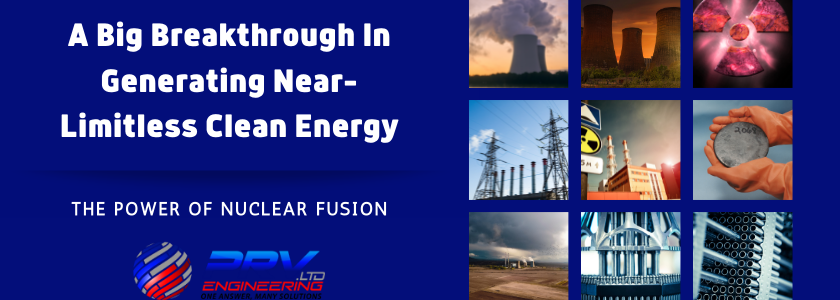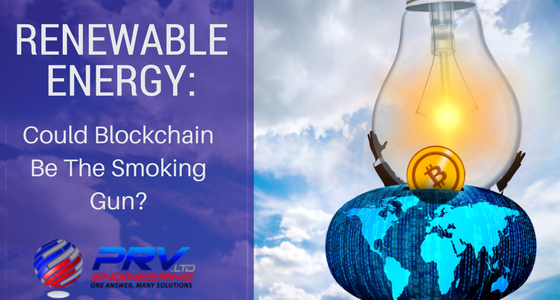Nature has always been humanity’s greatest teacher, and this is especially evident in the pursuit of sustainable energy. Introducing artificial photosynthesis—a groundbreaking innovation that could completely change our approach to clean energy. If successful, this could unlock a future powered by clean hydrogen, solar-converted fuels, and advanced carbon capture solutions.
Is fusion energy the future? Based on recent developments from organisations across the world, it is certainly more of a possibility than just a few years ago. A nuclear fusion reactor that generates more energy than it consumes could pave the way for large-scale clean energy production. After all, that’s what defines a nuclear fusion plant, according to CFS. Let’s take a quick look at STEP and ARC fusion reactors with a brief overview of the SPARC project.
STEP Reactor For Fusion Energy
Spherical Tokamak for Energy Production, STEP for short, is an ambitious programme initiated by the UK government to design and construct a prototype fusion power plant. The goal is to create a reactor that could generate carbon-free fusion energy within two decades.
The STEP reactor is a variant of the basic tokamak reactor using magnetic fields to confine and heat a plasma of hydrogen atoms until they fuse together, releasing huge amounts of energy. Using a process called electron cyclotron resonance heating, it would also be more efficient than current designs as microwaves heat the plasma directly which means lower energy loss as heat.
While earlier fusion reactors were large and expensive, the STEP design has a diameter of around 10 m, making it relatively small compared to ITER (International Thermonuclear Experimental Reactor). This greatly reduces the cost but also puts higher stress on the applied materials.
ARC Reactor For Fusion Energy
The ARC (Affordable, Robust, Compact) reactor is a smaller and simpler design than STEP. It is being developed by a team of scientists from MIT (Massachusetts Institute of Technology) and Commonwealth Fusion Systems. The name and design were inspired by the fictional Arc Reactor built by Tony Stark, Marvel’s Iron Man, who attended MIT in the comic book series.
The ARC reactor is based on the tokamak design, which uses magnetic fields to confine a plasma of hydrogen atoms. They are working on the way to generate magnetic fields using rare-earth barium copper oxide (REBCO) high-temperature superconductor magnets This material enables higher magnetic field strength to contain heated plasma in a smaller volume.
The ARC reactor would also be more efficient than current tokamaks thanks to its innovative design, which would allow it to operate at higher temperatures. The first machine planned for this project is a scaled-down demonstrator called SPARC (as Soon as Possible ARC). If successful, SPARC would be the first device capable of “burning plasma” where heat from all the fusion reactions provides continuous fusion energy without adding extra energy.
Achieving “Burning Plasma” With SPARC
The inner workings verifying that SPARC will achieve net fusion energy have been peer-reviewed and published in the Journal of Plasma Physics. These are the first peer-reviewed papers from a private commercial fusion venture demonstrating that a small fusion device will produce net energy during an operation where the plasma produces more fusion power than it needs to start and maintain the process.
A major benefit of SPARC over ITER is that SPARC’s plasma will be confined by high-temperature superconducting magnets which have only become commercially available in recent years, long after ITER was first conceived. These magnets can produce significantly more powerful magnetic fields than ITER’s — 21 teslas from SPARC compared to ITER’s 12. To put that into perspective, the Earth’s magnetic field ranges from 30 millionths to 60 millionths of a tesla.
Nuclear Fusion Could Help Meet Global Climate Targets
Fusion energy has the potential to provide an abundant, safe and clean source of energy. The STEP and ARC reactors are two promising designs for making fusion energy a reality. If successful, these reactors could help to meet global climate targets and provide a major boost to the fight against climate change.
In case you missed it, we published an interesting article recently about the UK government planning to build a new nuclear fusion plant at West Burton, Nottinghamshire. It highlights how the plant will work, the benefits of fusion energy and whether it is safe. For more industry news and the latest updates in engineering, manufacturing and technology, follow our blog and join the conversation on social media using the hashtag #PRVtech.
References:
- Wikipedia.org
- Plasma Science and Fusion Center
- Commonwealth Fusion Systems
- UK Atomic Energy Authority (UKAEA)
In an attempt to solve the biggest weakness of solar energy storage, the Italian company Energy Dome has secured funding for its CO2 Battery. The funds will go toward developing and demonstrating the technology which will greatly improve solar energy storage; something that is currently lacking with today’s batteries. Discover how it works and what the future might look like with more effective, low-cost solar energy storage.
Limitless clean energy has been a concept in development for what seems to be an eternity with little success. In recent weeks, we looked at portable nuclear micro-reactors and the UK’s plans to build nuclear fusion plants. Now, we are even closer to limitless clean energy as the Korea Institute of Fusion Energy has set an astonishing new record using the tokamak reactor.
Our existing energy market has been in development for over a century and changing it to renewable energy is no easy feat. Among other factors, it requires incredibly large capital investments and thus far, renewable energy has reached 21.6%. It was further explained during the One Planet Summit in December 2017, when U.N. Secretary-General Antonio Guterres said: “Finance is the key to successful climate action.”
Even so, why is the adoption of renewable energy lacking on a global scale? It’s certainly not for a lack of wanting a cleaner life or to improve the world for future generations. Instead, market conditions slowing the development of






Recent Comments